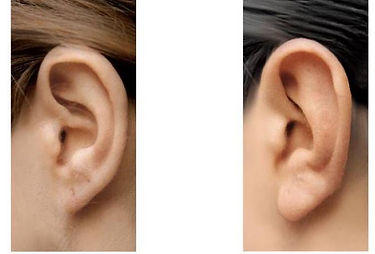Dominant & Recessive Phenotypes
Mendel
Peas
Phenotypes
Inheritance
Dominant & Recessive
Ratios 1
Ratios 2
Checkpoint
Human Health
Summary
A natural question that arises is how can we translate genotypes to phenotypes; given a specific genotype, what phenotype will be displayed? This question is simplified in the case of homozygotes because both alleles correspond to the same phenotype.
For example, let's say that the B allele encodes the brown eye phenotype and the b allele encodes the blue eye phenotype. Then, it follows that a BB homozygote will certainly have brown eyes and a bb homozygous individual will definitely have blue eyes. However, what happens in the case of a heterozygous Bb individual?
In the case of eye color, a heterozygous Bb individual will have brown eyes. This brown eye phenotype (and therefore the B allele) is said to be dominant, whereas the blue eye phenotype (and the b allele) is recessive. In fact, in genotype notation, uppercase letters denote dominant alleles whereas lowercase letters denote recessive alleles.
Let's talk earlobes...

Attached
Detatched
Humans can have either attached or detached earlobes. This earlobe phenotype is determined by a genotype. Through many studies, it has been determined that attached earlobes is a dominant phenotype and detached earlobes is a recessive phenotype (actually, this story recently got more complicated - read more here!)